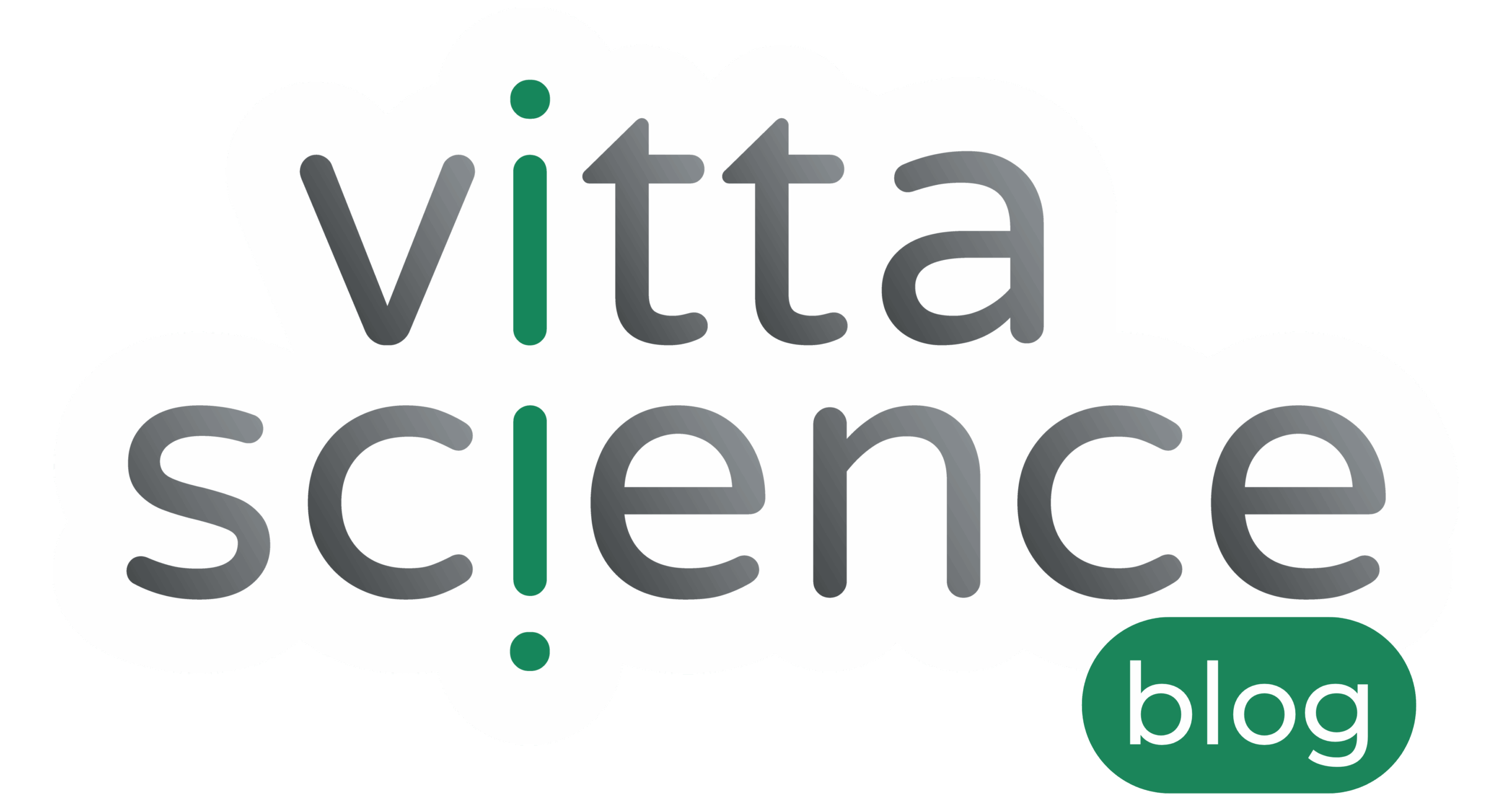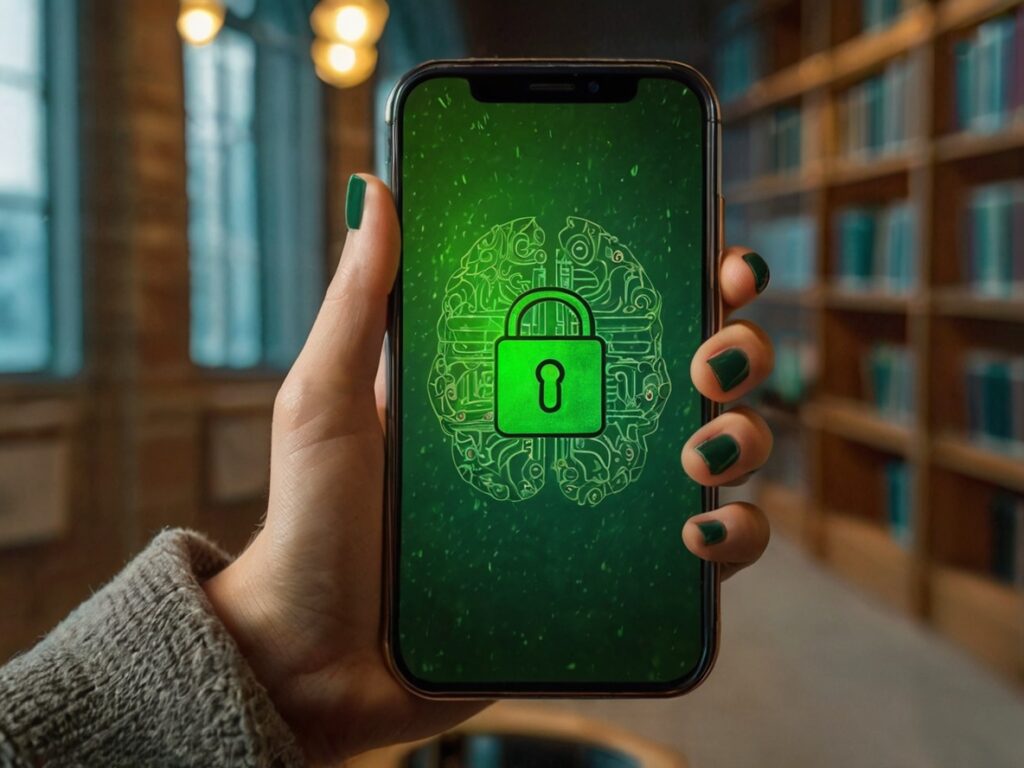Artificial intelligence (AI) is increasingly becoming an essential tool in our daily lives, particularly in the field of education. Whether it is to improve learning methods or to make courses more interactive, AI, and more specifically generative technologies, offer endless possibilities. However, to take full advantage of these technologies while using them ethically and responsibly, it is essential to understand their advantages and limitations. This practical guide aims to help you, students and teachers, integrate AI into your courses in an effective and informed way, using tools like ChatGPT or other virtual assistants to improve the educational experience.
To better understand the basic principles and mechanisms behind AI technologies, discover how artificial intelligence works.
Best practices for integrating AI into learning
The integration of artificial intelligence in learning offers many possibilities to improve the efficiency and personalization of academic paths. However, to get the most out of these tools, it is essential to know their best practices. Here are some ways to use AI in your educational path, whether for mathematics, French, or any other teaching subject.
Using AI to improve your studies
Artificial intelligence provides students with innovative tools to optimize their learning and maximize their academic results. When used strategically, AI can transform the way students approach their studies, providing personalized support and helping them manage their time and tasks more effectively, without “cheating.” Learn how to leverage AI to improve your academic performance in a variety of course types, while using the right digital tools and educational resources.
For tutorials, educational projects and guides on using artificial intelligence, visit our section Educational resources.
AI applications for homework help
Artificial intelligence applications, such as ChatGPT or Gemini, offer valuable solutions to facilitate the understanding of the concepts studied and the organization of revisions. For example, tools such as online tutoring platforms or mathematical problem-solving applications can generate detailed explanations adapted to the level of each student. These tools not only save time, but also reinforce knowledge by revisiting poorly understood concepts. In addition to this, they allow the creation of personalized quizzes and data analysis to monitor learning progress, in an efficient manner.
Optimize your time with virtual assistants
Virtual assistants, such as Google Assistant, Siri or Alexa, are able to manage your schedule, remind you of important deadlines, or even schedule revision sessions. By automating certain administrative tasks, these assistants free up time to focus on learning itself. Using these technologies can thus contribute to better personal organization and more efficient management of your workload, whether it is to prepare a quiz, write a text, or revise a course point. These assistants can also integrate generative activities to personalize learning.
Learn with interactive AI tutors
Interactive tutors, powered by AI, offer personalized learning by adapting in real time to the needs and pace of each student. Whether on ChatGPT, Claude.IA or Gemini, they can offer specific exercises based on the strengths and weaknesses detected, thus offering a tailor-made approach. In addition, by analyzing students' responses and performance, they can adjust the level of difficulty and provide precise and immediate feedback, making learning more dynamic and engaging. These tutors are particularly effective for math, French or exam revision courses, and can integrate interactive activities such as quizzes or simulations.
A concrete example of an educational tool is the Micro:bit board, a fun and interactive device to introduce young people to programming. Learn more about the Micro:bit card and its educational uses.
Understanding the Limits of AI
It is essential to remember that artificial intelligence, despite its many capabilities, remains a tool that cannot replace creativity, critical thinking, or human judgment. AI is very effective at processing large amounts of data, generating rapid results, and offering algorithm-based analyses, but it does not have the ability to understand context as subtly as a human being. Therefore, it is essential not to rely entirely on these technologies, but to use them as a complement to one's own thinking and independent learning. As a student, developing one's critical thinking in the face of AI suggestions and maintaining a proactive attitude in one's learning are skills that are just as crucial as mastering the tools themselves. One should not rely on these tools, but rather consider them as complementary resources for one's own learning.
Effective practices for teachers
Artificial intelligence offers new pedagogical perspectives for teachers, making learning more interactive, personalized and effective. To make the most of these technologies, it is essential to integrate them thoughtfully and strategically into lessons, while considering the versions that best suit the needs of students.
Integrating AI into lessons: concrete examples
Teachers can leverage AI to make their lessons more dynamic and engaging. For example, by using adaptive learning platforms, they can offer exercises that automatically adjust to each student’s level, ensuring personalized learning. AI can also be used to illustrate complex concepts, such as modeling scientific phenomena or analyzing large amounts of data, in a visually accessible and engaging way. Another concrete example is the use of educational chatbots that can interact with students in real time, answering their questions or guiding them through their revisions. These tools can also be used to create interactive educational resources, such as quizzes or image-based activities, while facilitating the creation of content adapted to different learning paths.
AI-based assessment tools
One of the major benefits of artificial intelligence in education is its ability to provide real-time assessments. AI systems can analyze student performance with an accuracy and speed that is difficult to achieve through traditional means. For example, AI-based assessment software can automatically correct tests or assignments, providing detailed and personalized feedback for each student. These systems can also identify areas where a student is struggling and suggest additional resources or exercises to address them. This ability to adapt teaching according to individual needs allows each student to be supported more effectively, providing the best possible educational pathways. Teachers can generate specific activities to strengthen students’ skills and track their progress through intuitive interfaces.
Encouraging critical thinking about AI in the classroom
In a world increasingly influenced by artificial intelligence, it is crucial that students develop a critical mindset towards these technologies. Teachers have a key role to play in this awareness, by addressing in class the ethical issues raised by AI, such as data privacy, algorithmic bias, and the impact of automated decisions on society. For example, by introducing case studies or debates on the moral implications of AI, teachers can encourage students to think about the consequences of using these technologies and develop a responsible approach. It is also important to discuss the different versions of AI tools and their potential impact on student outcomes. Teachers can also use real-world examples to illustrate ethical issues and encourage critical thinking on AI-related topics.
The ethics of using AI
Integrating AI into education cannot be done without careful consideration of the ethical implications. Teachers must ensure that the use of AI respects the principles of confidentiality and protection of students’ personal data. Not all AI platforms are GDPR-compliant. Furthermore, it is essential to address concerns about the potential of AI to replace certain human tasks, particularly in terms of employment. Teachers have a responsibility to discuss these issues with their students, preparing them to navigate a future where AI will play a central role. By encouraging ethical reflection around AI, teachers contribute to developing informed and responsible citizens, capable of making informed decisions in a rapidly changing technological world. It is crucial to provide them with the best information and share practical experiences so that they understand the real impacts of these technologies.
By better understanding the different types of artificial intelligence, it becomes easier to think about the ethical implications of their use. Check out this article on the different types of artificial intelligence to learn more.
Protecting users: parents and students from AI
As artificial intelligence becomes increasingly integrated into our daily lives, it is essential to take steps to protect young users, particularly children and adolescents, from the potential risks associated with these technologies. Parents and teachers have a crucial role to play in ensuring the safe and appropriate use of AI.
Limiting AI exposure in young children
Young children, in particular, are vulnerable to the effects of excessive exposure to AI technologies. Prolonged use of these tools can impact their cognitive and social development, reducing their ability to interact with the real world and develop essential skills such as problem-solving, creativity and communication. To avoid these negative impacts, it is recommended to limit the time children spend in front of AI-powered devices and to prioritize activities that encourage human interaction and learning through play. It is also advisable to use versions of AI software specifically designed for children, which emphasize education while protecting privacy.
Controlling access to AI technologies
AI technologies, while powerful, are not always appropriate for all ages. It is therefore crucial that parents and teachers control young people’s access to these tools. This can include setting up parental filters, monitoring content accessed via virtual assistants or AI applications, and supervising online activities to ensure that children are using these technologies in a beneficial and safe way. This control should be accompanied by open discussions with young users about the reasons for these restrictions, in order to educate them about the risks while also empowering them. Parents and teachers can also create a safe digital environment where children can interact with educational resources in a controlled manner.
Understanding and managing risks
AI, like any technology, carries risks that must be understood and managed to ensure its safe use. Parents, teachers, and students themselves must be made aware of potential dangers such as the manipulation of information, the spread of biased content, and technology addiction. Digital literacy education is essential to help young people navigate critically and responsibly in an environment increasingly dominated by AI. This includes understanding algorithms, privacy issues, and the ethical implications of using personal data. By informing young people about these aspects, we can help them become aware and responsible users, able to enjoy the benefits of AI technologies while avoiding the pitfalls.
Artificial intelligence, while extremely powerful, is a tool that must be used wisely. By understanding its possibilities and limitations, integrating it thoughtfully into education, and remaining vigilant about ethical issues, we can harness its full potential to enhance learning while preparing future generations for a future where AI will play a key role. Education, coupled with an ethical approach, will not only maximize the benefits of AI, but also minimize the risks, ensuring the beneficial and responsible use of this revolutionary technology. Training and educational resources on the ethical use of AI will play a crucial role in ensuring that this transition to AI-enriched education is positive and sustainable.
Vittascience offers a platform dedicated to learning and exploring artificial intelligence, accessible to teachers and students. Discover our AI platform.

